
Welcome to the biweekly electronic newsletter from Stanford Bio-X for members of the Bio-X Corporate Forum. Please contact Dr. Hanwei Li, the Bio-X Corporate Forum Liaison if you would like to be added or removed from this distribution list, or if you have any questions about Stanford Bio-X or Stanford University.
Highlights
** On October 9, 2013, Bio-X celebrated the 10th Anniversary of the James H. Clark Center, the hub of Bio-X. Check out CLARK CENTER @ 10X as well as the Bio-X Timeline over the last 15 years!!
** Check out the article by Stanford President John Hennessy in the Nov/Dec 2013 issue of the Stanford Magazine on Bio-X and the Clark Center, "A Cauldron of Innovation".
Bio-X Core Programs
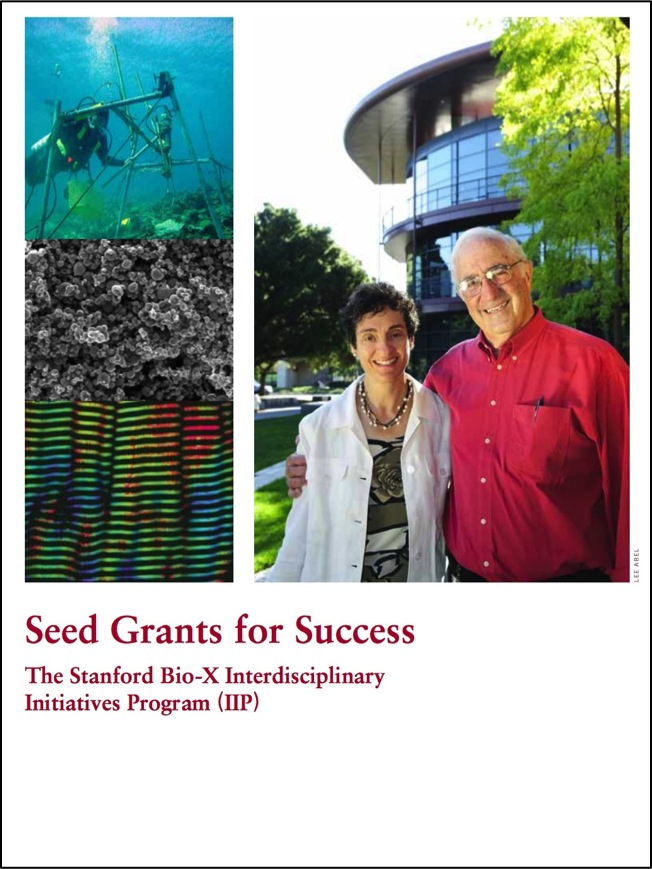 SEED GRANTS FOR SUCCESS - Stanford Bio-X Interdisciplinary Initiatives Program (IIP) SEED GRANTS FOR SUCCESS - Stanford Bio-X Interdisciplinary Initiatives Program (IIP)The Bio-X Interdisciplinary Initiatives Program represents a key Stanford Initiative to address challenges in human health. Currently, the IIP awards approximately $4 million every other year in the form of two-year grants averaging about $200,000 each. From its inception in 2000 through the beginning of the seventh round in 2014, the program has provided critical early-stage funding to 164 different interdisciplinary projects, involving collaborations from over 750 faculty members, and creating over 700 teams from six different Stanford schools. From just the first 6 rounds, the IIP awards have resulted in a 10-fold-plus return on investment, as well as hundreds of publications, dozens of patents filed, and most importantly, the acceleration of scientific discovery and innovation. 2014 is the start of the 7th round of the Bio-X IIP Seed Grants Program, and 22 newly awarded projects were selected from 142 Letters of Intent (LOIs)! This has been the largest number of LOIs that Bio-X has received. Please go here to check out the newly awarded projects. Competition was intense, and the selection criteria included innovation, high-reward, and new interdisciplinary collaborations. (To view the 142 other IIP projects that have been funded from the previous 6 rounds, please click here.) |
 Bio-X FELLOWSHIPS Bio-X FELLOWSHIPSEvery year, graduate students and postdoctoral scholars of Bio-X affiliated faculty are highly encouraged to apply for the Bio-X Fellowships, which are awarded to research projects that are interdisciplinary and utilize the technologies of different fields to solve different biological questions. Students are encouraged to work collaboratively with professors of different departments, thus creating cross-disciplinary relationships among the different Stanford schools. Our fellows have conducted exciting research, resulting in publications in high-impact journals and have been offered excellent positions in industry and academia. To date, with the 19 new awardees of 2014, Stanford Bio-X has a total of 173 Fellows. The winners of the 2015 PhD Fellowship program will be announced later on this year. You can view the numerous Fellowship projects that have been awarded over the years as well as oral presentations from previous symposiums here. |
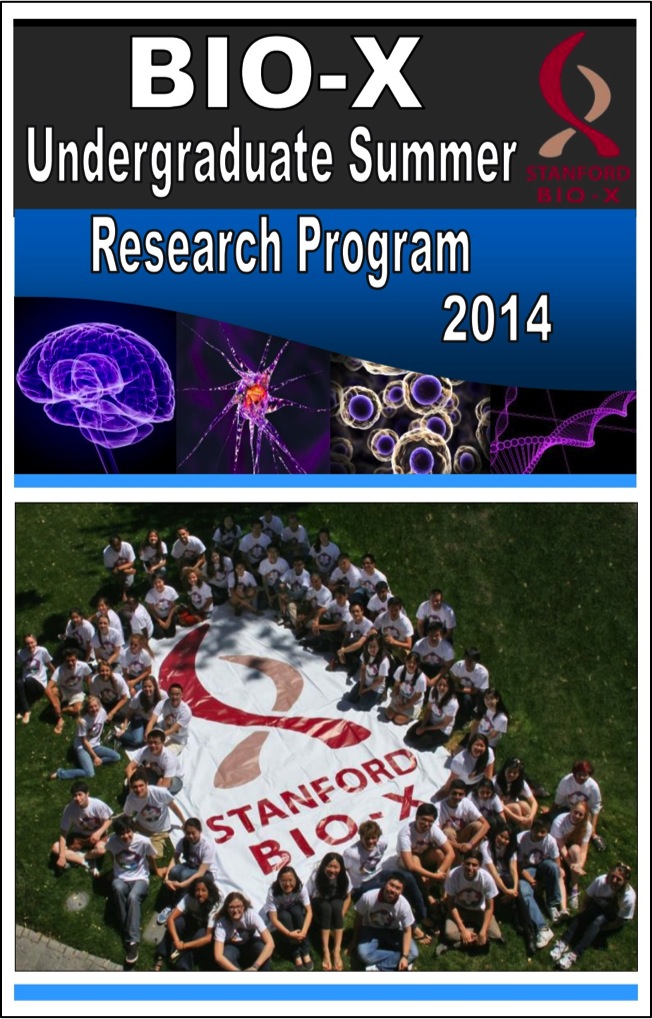 Bio-X UNDERGRADUATE SUMMER RESEARCH PROGRAM Bio-X UNDERGRADUATE SUMMER RESEARCH PROGRAMThe Bio-X Undergraduate Summer Research Program (USRP) supports undergraduate research training through an award designed to support interdisciplinary undergraduate summer research projects. The program is an invaluable opportunity for students to conduct hands-on research, learn how to carry out experiments in the laboratory, and develop the skills to read and analyze scientific literature. This program is eligible to Stanford students who want to work in the labs of Bio-X affiliated faculty. This year, nearly 160 students applied to the program, and 65 students were selected. Therefore, to date, 371 awards have been given to the Stanford undergraduate community to participate in the Bio-X Summer Research Program. The program for 2015 officially started last week. In addition, the Bio-X USRP Faculty Talks have begun, and take place every Wednesday from 12-1 pm until August 26, 2015. Please email Hanwei Li to learn more details and RSVP for any of the faculty talks. Participating undergraduates are also required to present poster presentations on the research that they've conducted during the program. The 2015 posters will be presented during the next Bio-X IIP Seed Grant Symposium on Wednesday, August 26, 2015. Please click here for title lists of past posters that our undergraduates have presented. |
We are cultivating and are highly successful in building meaningful collaborations with numerous corporate colleagues. New collaborations through our core programs are highly encouraged. To learn about how to get involved, please contact Dr. Hanwei Li, or Dr. Heideh Fattaey.
Bio-X also holds symposiums every year that highlight our core programs. The latest one was on February 25, 2015, where over 300 people attended Bio-X's latest Interdisciplinary Initiatives Seed Grants Program Symposium. There were 8 different oral presentations from faculty members who were awarded Bio-X Seed Grants on the progress that they have made with the funding towards their projects, as well as a packed poster session with 100+ research projects presented. Please stay tuned for future Bio-X symposiums that are coming up this year!
If you'd like to learn more about any of the projects that were presented during the entire symposium, please contact Dr. Hanwei Li with your questions.
News
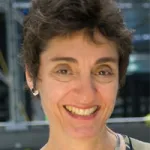 Making an Old Brain Young
Making an Old Brain Young
Bio-X Director Carla Shatz
TEDx talk by David Starr Jordan Director of Bio-X Carla Shatz: Neurobiologist Carla Shatz poses the question of whether we will one day soon be able to make an old brain young? In exploring the question, she shares her groundbreaking research on how brain circuits are “tuned up” during critical periods of development, and how our visual system is inextricably tied to brain plasticity. These are some of the findings that she hopes will eventually inform the creation of a pill to rewire our brains to operate as they did when we were young.
 Stanford-based Alzheimer’s Disease Research Center to be launched
Stanford-based Alzheimer’s Disease Research Center to be launched
Health Research & Policy and Neurology Faculty Victor Henderson, Bio-X Affiliated Faculty Tony Wyss-Coray, Frank Longo, Michael Greicius, Tom Sudhof, Kathleen Poston, and Psychiatry and Behavioral Sciences Faculty Jerome Yesavage
The National Institutes of Health will fund the establishment of an Alzheimer’s Disease Research Center at the Stanford University School of Medicine. The award, totaling slightly more than $7.3 million, will be dispensed over a five-year period. “This new Stanford-based center will provide a key mechanism by which our exceptional basic-science community can better connect with our translational and clinical neurodegenerative-disease research,” said Frank Longo, MD, PhD, professor and chair of neurology and neurological sciences at Stanford. “Many dozens of faculty will be involved.” The center will help scientists conduct interdisciplinary research on Alzheimer’s and Parkinson’s diseases, as well as on related disorders. An estimated 5 million Americans suffer from Alzheimer’s disease, and about 300,000 are living with Parkinson’s disease, making these the two most common neurodegenerative disorders nationwide. Moreover, both conditions are rapidly increasing in prevalence. By 2050, the number of Alzheimer’s patients in the United States is expected to reach 13.8 million. The center will home in on common underlying mechanisms occurring in Alzheimer’s and Parkinson’s. The center will also provide educational opportunities for community members, patient caregivers, students and healthcare professionals. Victor Henderson, MD, professor of health research and policy and of neurology and neurological sciences, will direct the center. Tony Wyss-Coray, PhD, professor of neurology and neurological sciences, will serve as co-director. Longo and Jerome Yesavage, MD, professor of psychiatry and behavioral sciences, will be associate directors. Michael Greicius, MD, associate professor of neurology, will direct the imaging core of the new center.
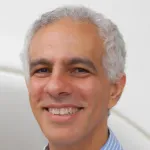
 Iron-containing inflammatory cells seen in Alzheimer’s brains
Iron-containing inflammatory cells seen in Alzheimer’s brains
Bio-X Affiliated Faculty Michael Zeineh and Brian Rutt
Examining postmortem tissue from the brains of people with Alzheimer’s disease, Stanford University School of Medicine investigators identified what appear to be iron-containing microglia — specialized scavenger cells that sometimes become inflammatory — in a particular part of the hippocampus, a key brain structure whose integrity is critical to memory formation. In post-mortem brain tissue from people not diagnosed with Alzheimer’s, neither the iron deposits nor the scavenger cells engulfing them were present in that brain region. The findings, recounted in a study now available online in Neurobiology of Aging, suggest that high-field magnetic resonance imaging, in particular an advanced version called 7T MRI that uses a powerful 7-Tesla magnet, could someday be used to diagnose and monitor Alzheimer’s patients earlier than is currently possible. The findings also add a new suspect to the Alzheimer’s disease lineup. A long-held hypothesis holds that the most notorious feature of Alzheimer’s disease, amyloid plaques, is the main cause of the disorder. These plaques are extracellular aggregations of a small protein called beta-amyloid that are prominent in diseased patients’ brains, as well as in mouse models of the disease. The other most cited key player is tau, another Alzheimer’s-associated protein that abnormally aggregates into threadlike tangles inside nerve cells. Surprisingly, in the brain region of interest there was no consistent overlap between the iron-laden microglia and the amyloid plaques or tau.
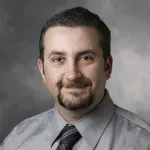
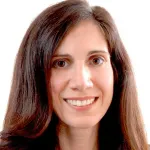 Team links gene expression, immune system with cancer survival rates
Team links gene expression, immune system with cancer survival rates
Bio-X Affiliated Faculty Ash Alizadeh and Sylvia Plevritis
Physicians have long sought a way to accurately predict cancer patients’ survival outcomes by looking at biological details of the specific cancers they have. But despite concerted efforts, no such clinical crystal ball exists for the majority of cancers. Now, researchers at the Stanford University School of Medicine have compiled a database that integrates gene expression patterns of 39 types of cancer from nearly 18,000 patients with data about how long those patients lived. Combining the data from so many people and cancers allowed the researchers to overcome reproducibility issues inherent in smaller studies. As a result, the researchers were able to clearly see broad patterns that correlate with poor or good survival outcomes. This information could help them pinpoint potential therapeutic targets. “We were able to identify key pathways that can dramatically stratify survival across diverse cancer types,” said Ash Alizadeh, MD, PhD, an assistant professor of medicine and a member of the Stanford Cancer Institute. “The patterns were very striking, especially because few such examples are currently available for the use of genes or immune cells for cancer prognosis.” In particular, the researchers found that high expression of a gene called FOXM1, which is involved in cell growth, was associated with a poor prognosis across multiple cancers, while the expression of the KLRB1 gene, which modulates the body’s immune response to cancer, seemed to confer a protective effect. A paper describing the research was published online July 20 in Nature Medicine. Alizadeh shares senior authorship with Sylvia Plevritis, PhD, professor of radiology. Postdoctoral scholar Aaron Newman, PhD, and senior research scientist Andrew Gentles, PhD, share lead authorship of the paper.
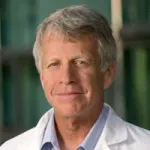 Immune response to a flu protein yields new insights into narcolepsy
Immune response to a flu protein yields new insights into narcolepsy
Bio-X Affiliated Faculty Lawrence Steinman
An international team of researchers has found some of the first solid evidence that narcolepsy may be a so-called “hit-and-run” autoimmune disease. The researchers sought to determine why, of two different flu vaccines widely deployed during the 2009 swine flu pandemic, only one was associated with a spike in the incidence of narcolepsy, a rare sleep disorder. A paper describing their findings will be published July 1 in Science Translational Medicine. Lawrence Steinman, MD, a professor of pediatrics and of neurology and neurological sciences at the Stanford University School of Medicine, is the senior author. The first author is Sohail Ahmed, MD, who was global head of clinical sciences at Novartis Vaccines at the time of the study. Autoimmune diseases, such as multiple sclerosis and rheumatoid arthritis, are well-known for taking decades to ravage the nervous system, joints or other organ systems. But since the late 1990s, researchers have hypothesized a different kind of autoimmune disease, one that may incur rapid, pinpoint damage and leave virtually no trace of its work. Narcolepsy is suspected of being one of these hit-and-run diseases.
 Antioxidants help treat skin-picking disorder in mice, researcher says
Antioxidants help treat skin-picking disorder in mice, researcher says
Bio-X Affiliated Faculty Joseph Garner
Two antioxidant supplements are effective in treating skin-picking disorder in mice, according to a study led by a Stanford University School of Medicine researcher. The finding suggests that people with the potentially serious disorder might benefit from this therapy. An estimated 4 percent of the population — or about 1 in 25 — suffer from skin-picking disorder, in which repeated, compulsive picking or scratching of the skin can lead to severe disfigurement and life-threatening infection. Skin picking is also common among laboratory mice, which may develop potentially fatal ulcerative, dermatitis, or skin lesions, caused by excessive grooming. The condition is the single leading avoidable cause of death among laboratory mice, said Joseph Garner, PhD, associate professor of comparative medicine and senior author of the study, which was published online today in PLOS ONE. The lead author is Nneka George, DVM, of the University of North Carolina at Chapel Hill. In the study, the researchers experimented with two antioxidant supplements — N-acetylcysteine and glutathione — to treat mice with skin-picking disorder. NAC is used by cells to make glutathione, which is the brain’s main, naturally occurring antioxidant. NAC has been used experimentally in people with a variety of conditions, including Parkinson’s disease, autism and cystic fibrosis, and reports of individual cases suggest it could be useful in treating skin picking.
 Stanford research suggests football helmet tests may not account for concussion-prone actions
Stanford research suggests football helmet tests may not account for concussion-prone actions
Bio-X Affiliated Faculty David Camarillo and Bio-X Bowes Fellow Lyndia Wu
When modern football helmets were introduced, they all but eliminated traumatic skull fractures caused by blunt force impacts. Mounting evidence, however, suggests that concussions are caused by a different type of head motion, namely brain and skull rotation. Now, a group of Stanford engineers has produced a collection of results that suggest that current helmet-testing equipment and techniques are not optimized for evaluating these additional injury-causing elements. The ideal way to test any protective gear is to gain a sense of what causes the trauma, set up a system that replicates the way the trauma occurs, and then evaluate the gear against the injury-causing criteria. For the past several years, David Camarillo, an assistant professor of bioengineering and, by courtesy, of mechanical engineering at Stanford, and his students have been collecting and analyzing data in hopes of identifying the signature skull motions that cause concussions.
Events
| Neurology & Neurosciences July 24, 2015, 8 am - 9 am LKSC Rm 130, Stanford, CA “Spinal Muscular Dystrophy: Treatment by Gene Modification" Speaker: John Day, MD |
Immunology July 28, 2015, 4:15 pm - 5:15 pm Clark Center S361, Stanford, CA Computational and Systems Immunology Seminar: "Accelerating Interpretation of High Dimensional Immune Data" Speaker: Shai Shen-Orr, PhD, Technion Israel Institute of Technology |
Resources
| Stanford University |
| Stanford Bio-X |
| Bio-X Seed Grants The Stanford Bio-X Interdisciplinary Initiatives Program (IIP) provides seed funding for high-risk, high-reward, collaborative projects across the university, and have been highly successful in fostering transformative research. |
| Office of Technology and Licensing "Techfinder" Search the OTL Technology Portal to find technologies available for licensing from Stanford. |
| Stanford Center for Professional Development - Take advantage of your FREE membership! - Take online graduate courses in engineering, leadership and management, bioscience, and more. - Register for free webinars and seminars, and gets discounts on courses. |
| Stanford Biodesign Video Tutorials on how FDA approves medical devices A series of video briefs recently produced by the Stanford Biodesign Program teaches innovators how to get a medical device approved for use in the United States. This free, online library of 60 videos provides detailed information on the Food and Drug Administration regulatory process, short case studies and advice on interacting with the FDA. |
To learn more about Stanford Bio-X or Stanford University, please contact Dr. Hanwei Li, the Bio-X Corporate Forum Liaison, at 650-725-1523 or lhanwei1@stanford.edu, or Dr. Heideh Fattaey, the Executive Director of Bio-X Operations and Programs, at 650-799-1608 or hfattaey@stanford.edu.

